A few days ago, scientists from the University of Columbia and the University of Utah shared images and a study to show that the melting of Himalayan glaciers caused by rising temperatures has accelerated dramatically since the start of the 21st century. The analysis, spanning 40 years of satellite observations across India, China, Nepal and Bhutan, indicates that glaciers have been losing the equivalent of more than a vertical foot and half of ice each year since 2000 — double the amount of melting that took place from 1975 to 2000. The study is the latest and perhaps most convincing indication that climate change is eating the Himalayas’ glaciers.

A Wildlife Institute of India (WII) study that began in 2016 in Himalayan regions, and is being monitored by the National Action Plan on Climate Change revealed that there has been a rise of at least 0.5 degrees Celsius in the temperature of the area, accompanied by an almost 10 per cent variation in humidity levels.
What can a mere rise of 0.5 degrees Celsius do to the Himalayan ecosystem?
-Rains are happening in late September which is unusual because it is the autumn season.
-In response to odd rains and changed temperature, alpine meadows, plants and trees are budding prematurely.
-Insect habits are changing with unusual times when they are getting their food from plants
-Birds dependant on the insects as prey can’t find food.
-Animals like the Himalayan pika that go underground during snow covered months are not ready to face the changing environment. Because flowering plants are not flowering on time, they can’t store enough food for winters.
-Larger mammals like the snow leopard, apart from unnatural temperature patterns that are melting their homes are also finding it difficult to find prey when prey animals like the blue sheep of the Himalayas are out of food.
11 Animals and Plants Most at Risk because of Climate Change
1. Snow Leopard

Also Read: Snow Leopard Habitat Mapped in J&K for the First Time
2. Himalayan Lily
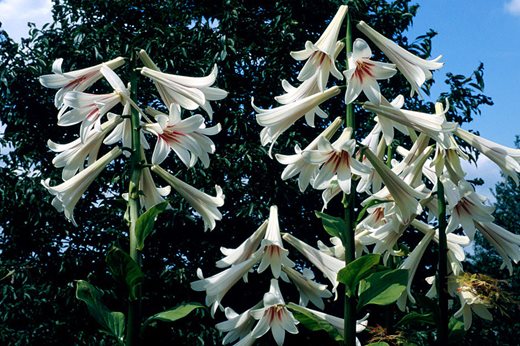
3. Himalayan Fir

4. Himalayan Mouse Hare or Pika
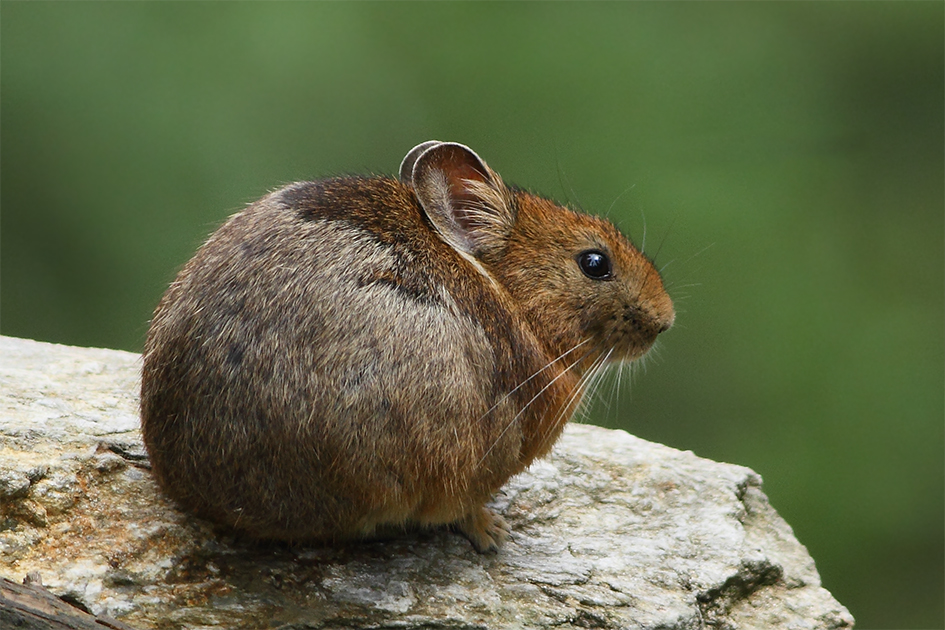
Also Read: A New Pika Species Discovered in Sikkim
5. Sikkim Rhubarb
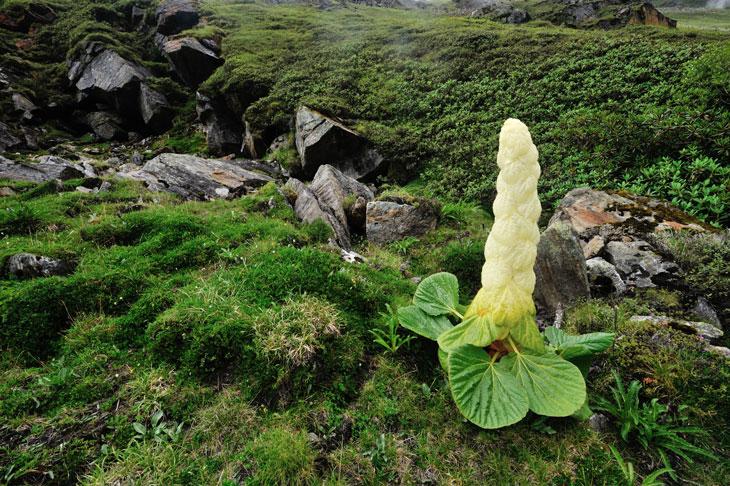
6. Himalayan Birch
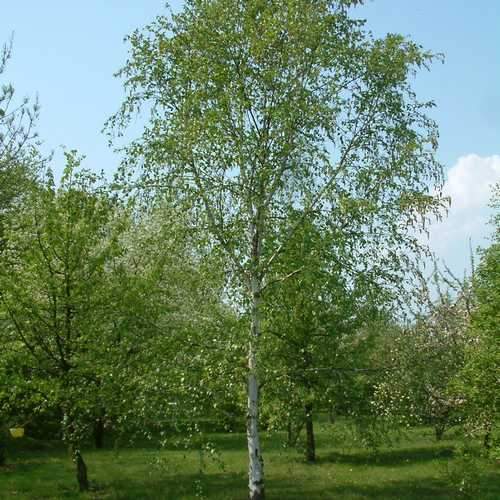
7. Musk Deer
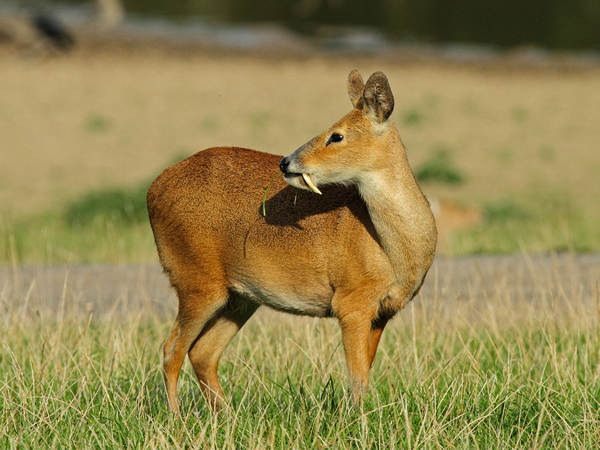
8. Tibetan Sea Buckhorn

Also Read: Rare Himalayan Serow Clicked for the First Time in Kashmir
9. Himalayan Marsh Orchid

10. Himalayan Snowcock
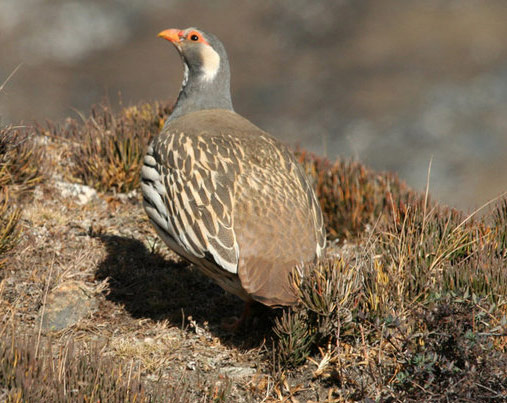
11. Kashmir Stag (Hangul)
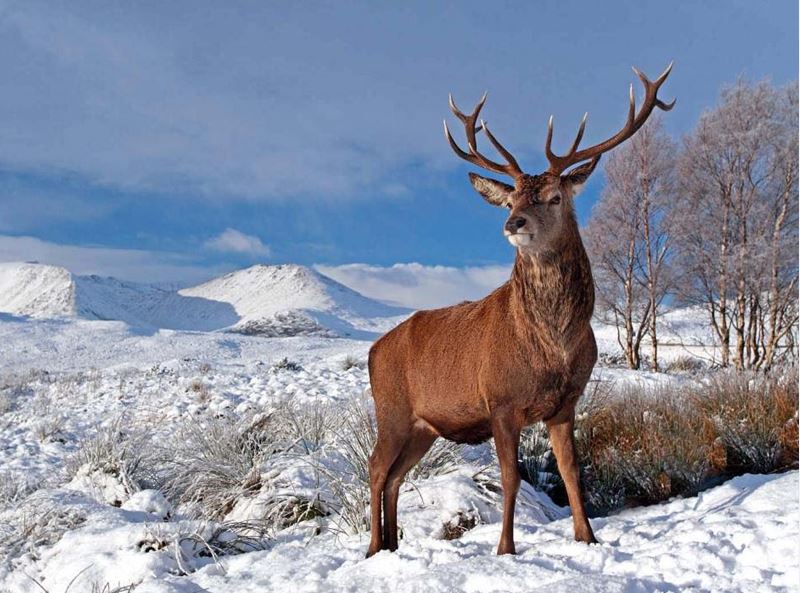
Did you even know that such incredible species existed in India?
Also Read: Census Show Increase in Kashmir stag population
If you liked what you read and wish that we continue to bring stories of lesser known species into the mainstream,
do support our work by clicking here.
Images courtesy Lily, Sea Buckthorn, Himalayan marsh orchid, Himalayan fir, Sikkim Rhubarb, Himalayan mouse hare, snow leopard, musk deer, glaciers, Himalayan snowcock


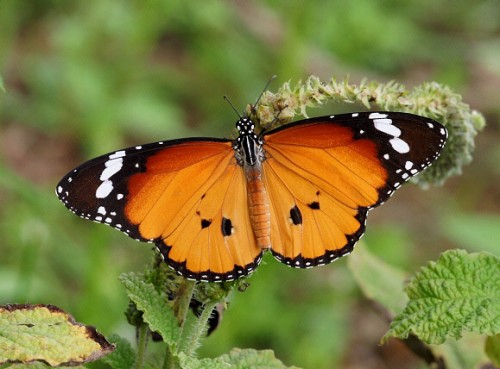
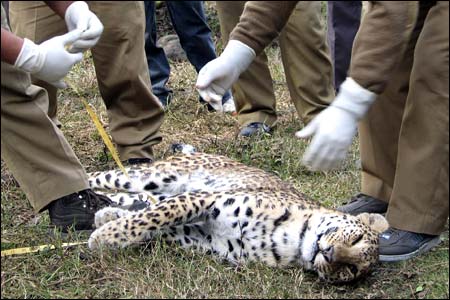
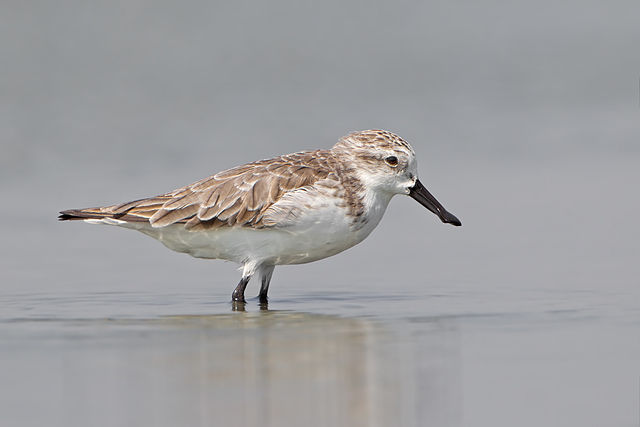

3 thoughts on “11 Himalayan Animals & Plants Fighting Climate Change”